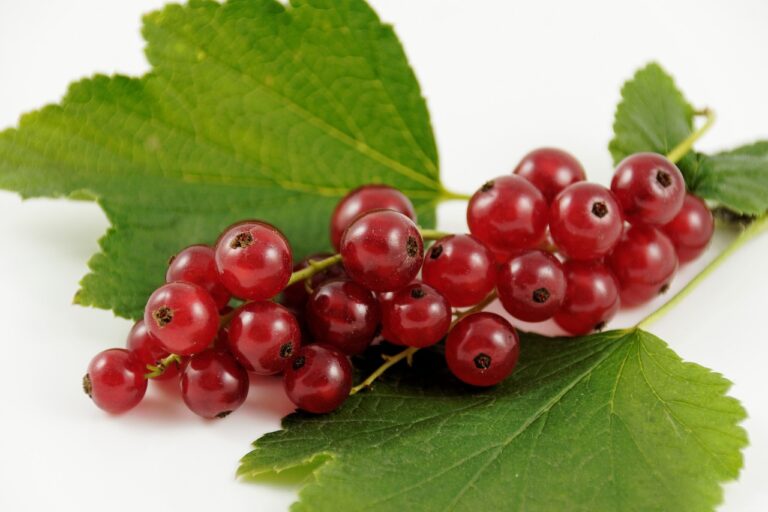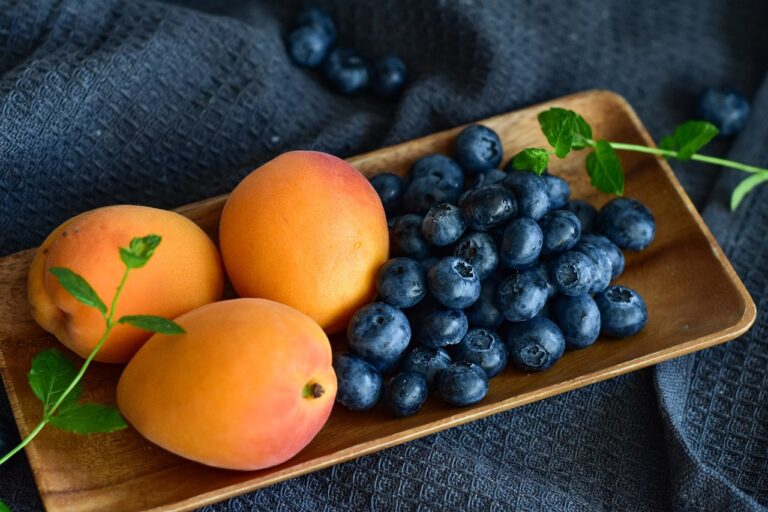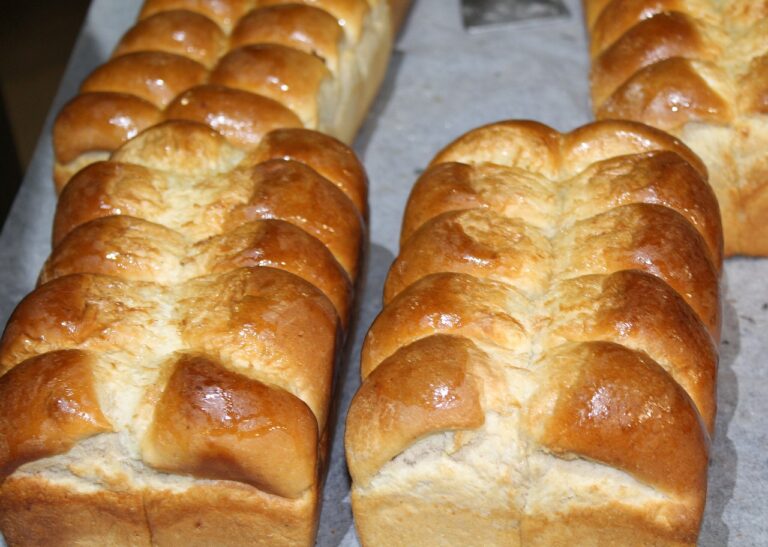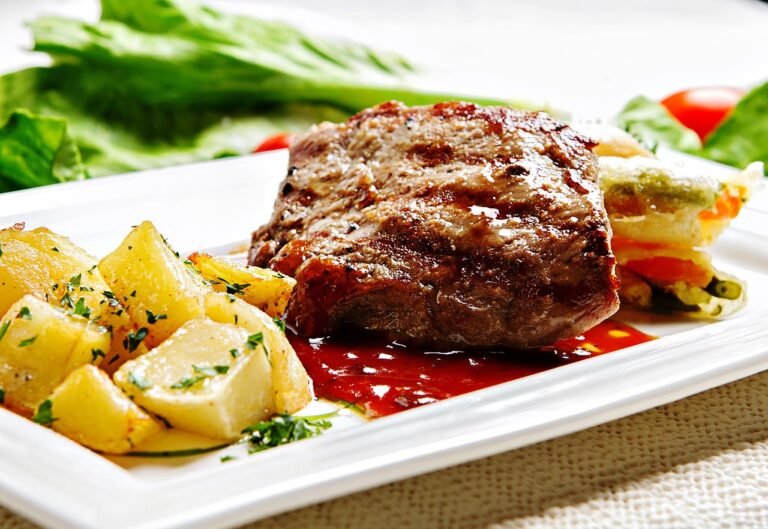Food Industry and Cultural Appropriation in Culinary Arts
The blending of different cultures in culinary creations has become a defining aspect of modern gastronomy. From the fusion of Asian and Latin American flavors to the incorporation of Middle Eastern spices in Western dishes, chefs around the world are constantly drawing inspiration from diverse culinary traditions to create unique and innovative recipes.
The use of traditional ingredients and cooking techniques from various cultures not only adds depth and complexity to dishes but also serves as a way to pay homage to the rich culinary heritage of different regions. By embracing cultural influences, chefs are able to create dishes that tell a story and showcase the beauty of culinary diversity.
• The blending of different cultures in culinary creations has become a defining aspect of modern gastronomy.
• Chefs around the world are constantly drawing inspiration from diverse culinary traditions to create unique and innovative recipes.
• The use of traditional ingredients and cooking techniques from various cultures adds depth and complexity to dishes.
• Embracing cultural influences allows chefs to create dishes that tell a story and showcase the beauty of culinary diversity.
The Impact of Globalization on Food Trends
Globalization has undeniably transformed the culinary landscape, leading to an influx of diverse flavors and ingredients in local cuisines. This interconnectedness has allowed people to explore and experiment with new food trends from around the world, resulting in an eclectic fusion of flavors that cater to evolving palates.
With the rise of social media and food travel shows, the accessibility to different culinary traditions has further fueled the popularity of global food trends. People are increasingly open to trying dishes that blend various cultural influences, leading to a more adventurous approach to cooking and dining experiences.
Authenticity vs Fusion in Modern Cooking
As the culinary world continues to evolve, the debate between authenticity and fusion in cooking techniques and flavors remains ongoing. Traditionalists argue that staying true to authentic recipes preserves cultural heritage and culinary traditions. On the other hand, proponents of fusion cooking advocate for the creative integration of diverse ingredients and cooking styles to produce innovative and unique dishes.
In today’s globalized and interconnected world, the line between authenticity and fusion in modern cooking is becoming blurred. Chefs are increasingly drawing inspiration from various culinary traditions to create fusion dishes that appeal to a wide range of tastes and preferences. While some diners appreciate the creativity and excitement of fusion cuisine, others seek out the traditional flavors and techniques that have been passed down through generations. Balancing authenticity and fusion in modern cooking requires a delicate touch to honor the roots of traditional dishes while embracing the creative possibilities of blending different culinary influences.
What role does cultural influence play in culinary creations?
Cultural influence plays a significant role in culinary creations as it shapes the ingredients, techniques, and flavor profiles used in a dish.
How has globalization impacted food trends in modern cooking?
Globalization has led to the fusion of different culinary traditions, creating unique and innovative dishes that blend flavors and techniques from around the world.
What is the difference between authenticity and fusion in modern cooking?
Authenticity in cooking refers to traditional recipes and techniques passed down through generations, while fusion involves combining ingredients and methods from different cuisines to create new and exciting dishes.







